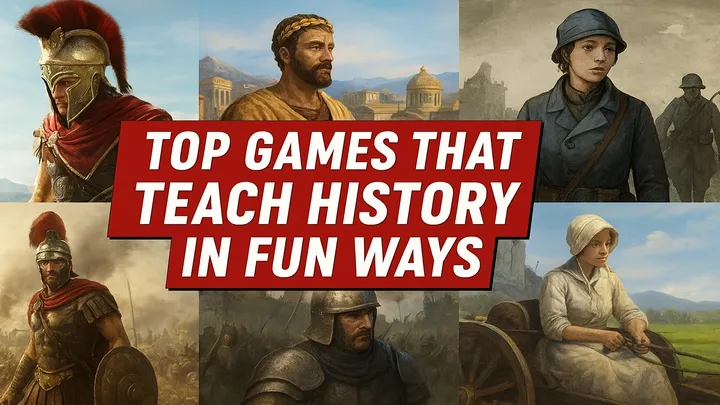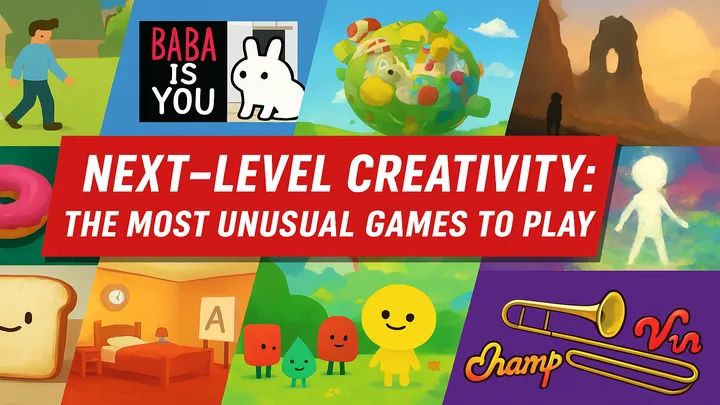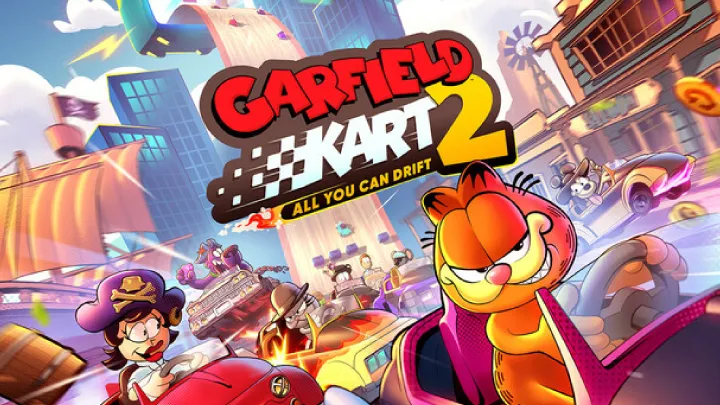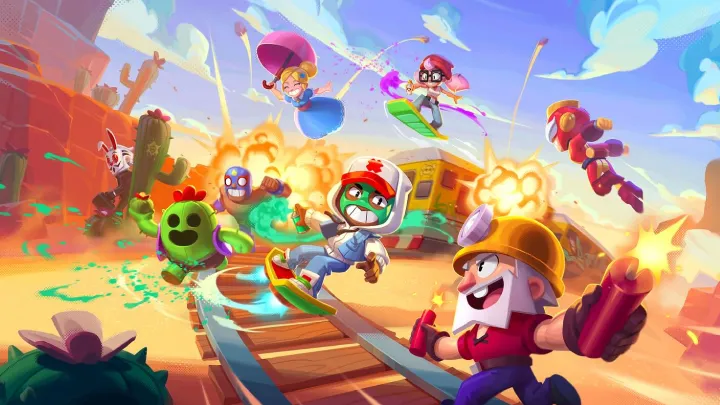Introduction
Garfield Kart 2 – All You Can Drift is more than just a quirky racing game with lasagna-loving cats and oddball humor. At its core lies a mechanic that separates casual players from dedicated racers: drifting. While many approach Garfield Kart 2 for its lighthearted fun, the drifting system introduces layers of strategy, precision, and timing that give the game unexpected depth. This article explores the evolution of drifting skills within the game, analyzing how players grow from clumsy slides into masters of corner dominance.
First Races – Sliding Without Control
In the beginning, drifting feels like chaos. Players slam the drift button, spin out of control, and lose speed instead of gaining it. The system punishes reckless use, forcing players to rethink their approach.
New players often mistake drifting as optional flair rather than a core mechanic. Yet every failed corner, every time AI opponents zoom ahead, teaches that drifting is not just about style—it’s about speed management.
Understanding the Drift Mechanic – The Basics
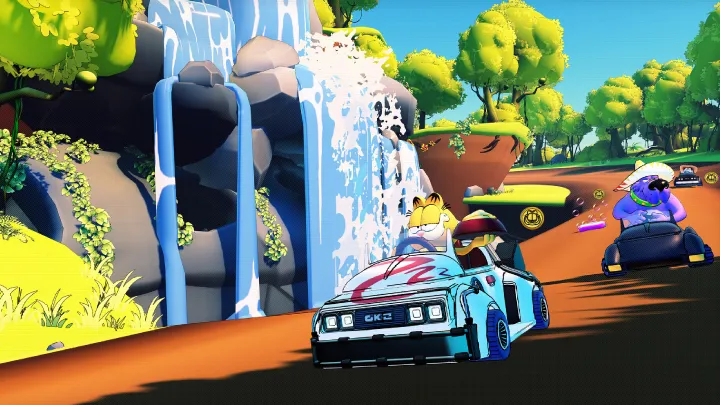
Drifting in Garfield Kart 2 functions differently than in other kart racers. The game emphasizes timing over button-spamming.
H3: Core Mechanics of Drifting
- Tap and hold the drift button to initiate a slide.
- Adjust steering to maintain the angle.
- Release at the right moment to gain a speed boost.
The balance between control and acceleration makes drifting both risky and rewarding. Early mastery is about recognizing where to initiate and when to let go.
The Drift Meter – Reading Boost Potential
Garfield Kart 2 introduces a drift meter that builds during slides. Longer drifts generate stronger boosts, but overextending often leads to hitting walls or losing momentum.
This mechanic creates tension: do you go for a short safe boost or risk a longer drift for maximum payoff? Choosing correctly defines skilled racers, especially on complex tracks.
Early Mistakes – Overdrifting and Recovery
Most players at intermediate levels suffer from overdrifting. They hold the drift too long, overshoot corners, and spin into hazards.
H4: Common Early Drift Errors
- Initiating too early and sliding wide.
- Drifting too late and crashing into barriers.
- Failing to chain drifts into consecutive turns.
Learning recovery techniques—like hopping back into line or canceling drifts—is just as important as executing them perfectly.
Track Knowledge – Drifting in Context
Every track in Garfield Kart 2 demands different drift strategies. Tight city corners reward short boosts, while wide open desert tracks encourage long slides.
Mastery comes from memorizing track layouts and pairing them with drift timing. A player who knows when to drift gains seconds of advantage, while an unprepared racer spends that time correcting mistakes.
Advanced Techniques – Chaining Drifts Together
At higher levels, drifting becomes more than individual corner control. Players learn to chain drifts, using one boost to set up the momentum for the next.
H3: Examples of Drift Chaining
- Double drifts in S-curve sections.
- Linking a long drift into a jump for combo speed.
- Using boosts strategically before straightaways.
These skills create flow—a seamless movement where corners feel natural and uninterrupted.
Competitive Drifting – The Meta of Speed
In competitive lobbies, drifting defines the meta. Every serious racer optimizes drift paths, choosing characters and karts that maximize handling.
H4: Factors in Competitive Drifting
- Kart handling stats: tighter turns vs. higher drift power.
- Character choices: some brawlers manage boosts more effectively.
- Boost management: knowing when to save vs. unleash.
Here, drifting is no longer a choice. It is the standard. Those who cannot drift efficiently simply cannot compete.
Emotional Growth – From Frustration to Flow
Drifting also represents an emotional journey. At first, it is frustrating—a mechanic that feels punishing. But as skills grow, it transforms into satisfaction. Perfecting a difficult corner without losing speed feels rewarding, almost meditative.
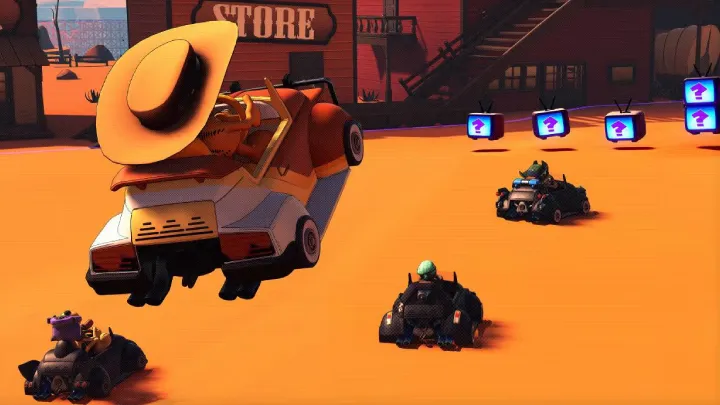
Players often describe the moment when drifting “clicks” as transformative. The game changes from clumsy chaos into a dance of precision.
Lessons from Drifting – Beyond Garfield Kart 2
Drifting in Garfield Kart 2 is not just a game mechanic; it teaches transferable lessons: patience, timing, and adaptability.
H3: What Drifting Teaches Players
- Precision matters more than brute force.
- Recovery is as important as execution.
- Practice turns frustration into mastery.
These lessons resonate beyond racing, reminding players that improvement comes from persistence and observation.
Conclusion – Drifting as the Heart of Garfield Kart 2
Garfield Kart 2 – All You Can Drift may hide behind a goofy façade of cartoon cats and comic absurdity, but its drifting mechanic gives it unexpected depth. From the struggles of overdrifting to the flow of chaining perfect slides, drifting shapes the entire experience. It transforms casual play into a competitive pursuit, rewarding those who commit to mastering its intricacies.
Ultimately, drifting is not just about winning races—it is about learning control, embracing challenge, and finding joy in perfecting movement. That is what makes Garfield Kart 2 more than a parody; it becomes a genuine test of skill.














